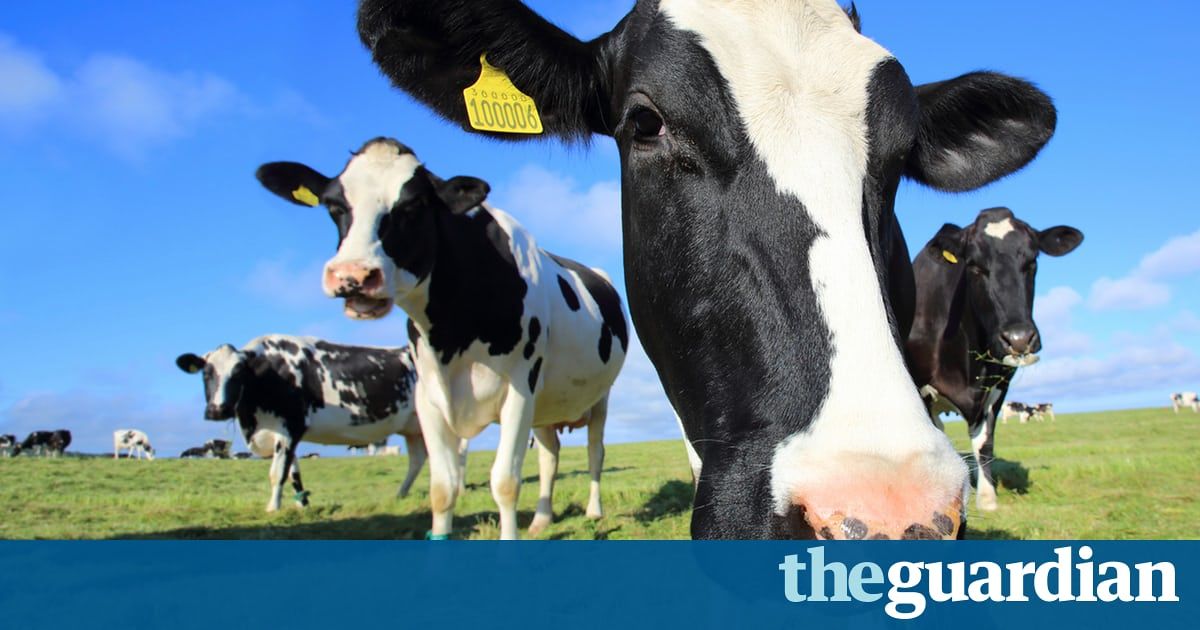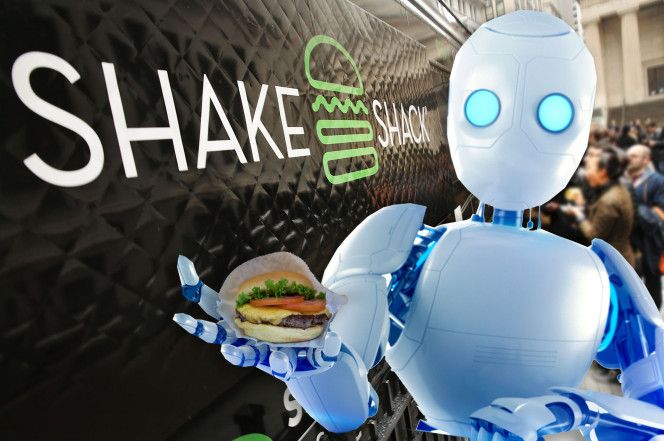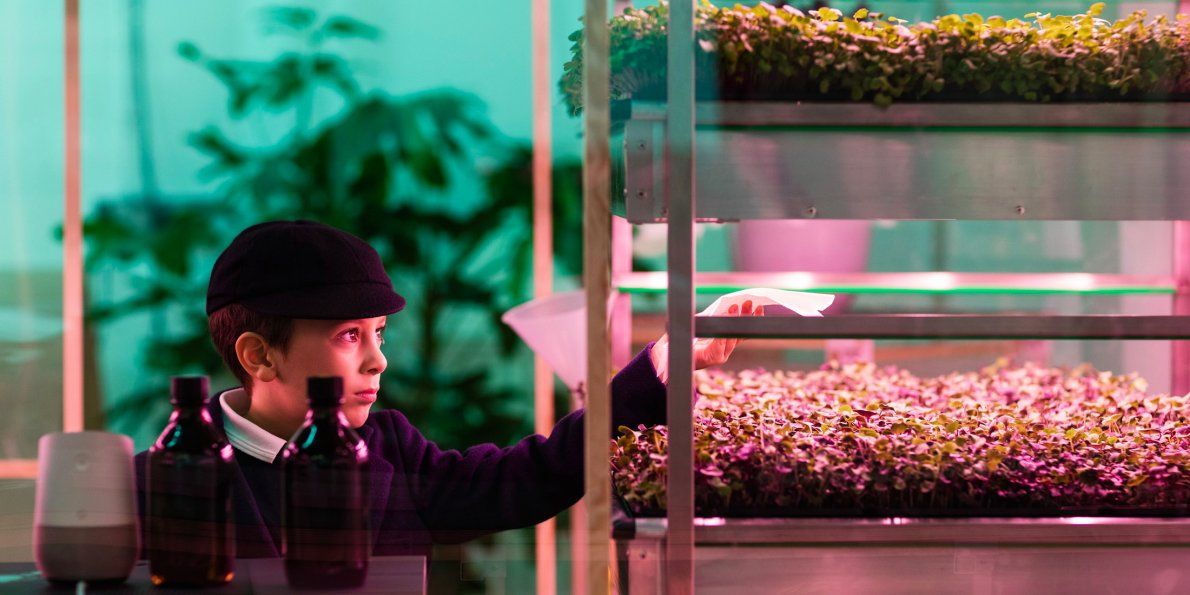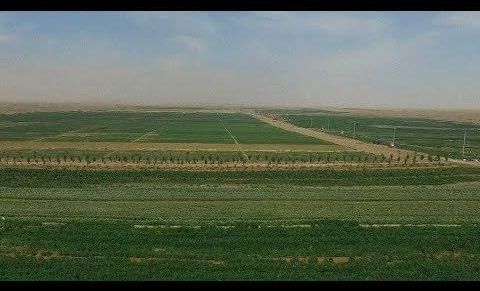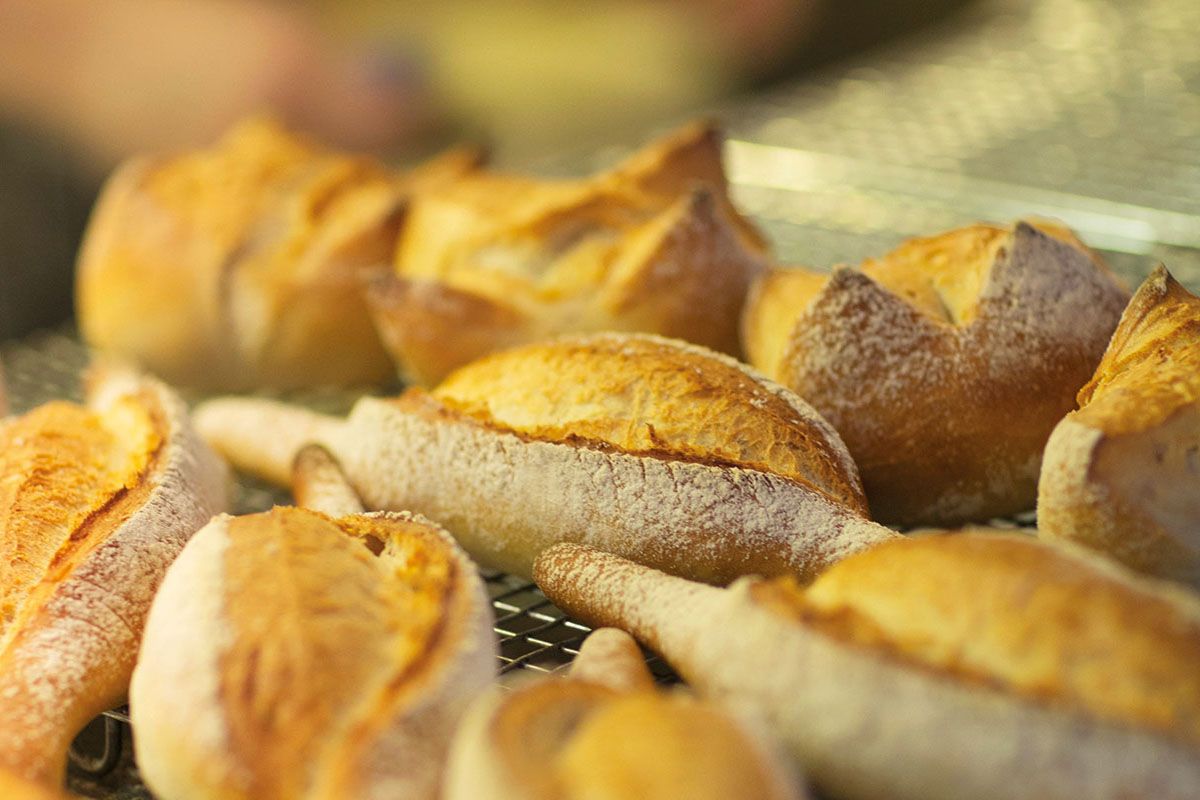Oct 6, 2017
Would YOU talk to a dead friend an as AI? ‘Memorial’ chatbot revealed
Posted by Carse Peel in categories: food, robotics/AI
Throwback from 6 October 2016…
According to Eugenia Kuyda, co-founder of the AI startup Luka, memorial bots are ‘the future.’ The CEO recently unveiled the ‘digital monument’ to her deceased friend Roman Mazurenko, feeding thousands of text messages to a neural network to create a Luka chatbot in his image.
In the App Store, Luka is described as ‘a new messenger with AI-powered chatbots. They help you find GIFs and funny videos, make plans together, pick places to eat, play trivia games and have fun.’
Continue reading “Would YOU talk to a dead friend an as AI? ‘Memorial’ chatbot revealed” »


